At the start of 1954 David Ben Gurion announced that he would be resigning from politics and would move to Sde Boqer. This astounded the Israeli public, not the least the young pioneers who had created the the communal farm three years previously. His immediate entourage also had one or two reservations.
The conditions in the commune (only later did it join the kibbutz movement) were Spartan, it was extremely remote (no-one in Jerusalem would consider driving down the one-lane unpaved road to visit this place – if they even knew it existed), dangerous (one of the commune had been killed by Beduin the previous year), water was brought in by truck once a week. It was harsh, and B-G was not a young man.
In that year Israel was wrestling with enormous difficulties: the threat of war on all sides, the absorbtion of hundreds of thousands of Jewish immigrants, a spluttering economy, was this a time for the father of the nation to disappear into the wilderness?
Ben Gurion was resolute in his decision. He argued that he had been Prime Minister for five years and it was time for new leadership, he assured his people that there is a large pool of talent in Jerusalem to take his place, and finally he spoke of his vision for the Negev which was completely depopulated. He had spoken enough about it. It was time to act. He would go and others would follow.
He lived in Sde Boqer for 20 years until his death in 1973, punctuated by a second stint as Prime Minister 1955 – 1963. His last wish was that the house remain as he left it and be open to the public, and this is exactly what happened.
For the curators of the house there were a number of challenges. For example Ben Gurion refused to install mezuzot in his house. How would religious Jews who came to visit the house feel about that? After much discussion and consultation with the Ben Gurion family it was decided, with reservations, to install mezuzot.
A completely revisited exhibition
I know the house well, I first visited it in 1962 when I was 13, and I have lived down the road from it for the past 32 years. Without touching the house itself (it is exactly as he left it the day he died with the book he was reading open on his bedside table), the site has gone through several transformations and even if you had visited it just six years ago, it is vastly improved today; the curators have done a wonderful job.
Two movie shorts you should not miss
The first is a twelve minute animated bio of B-G with an emphasis on his relationship with the Negev which started long before the creation of the state. This is no amateur production; it was made by the creators of the movie Waltz with Bashir and is full of charm.
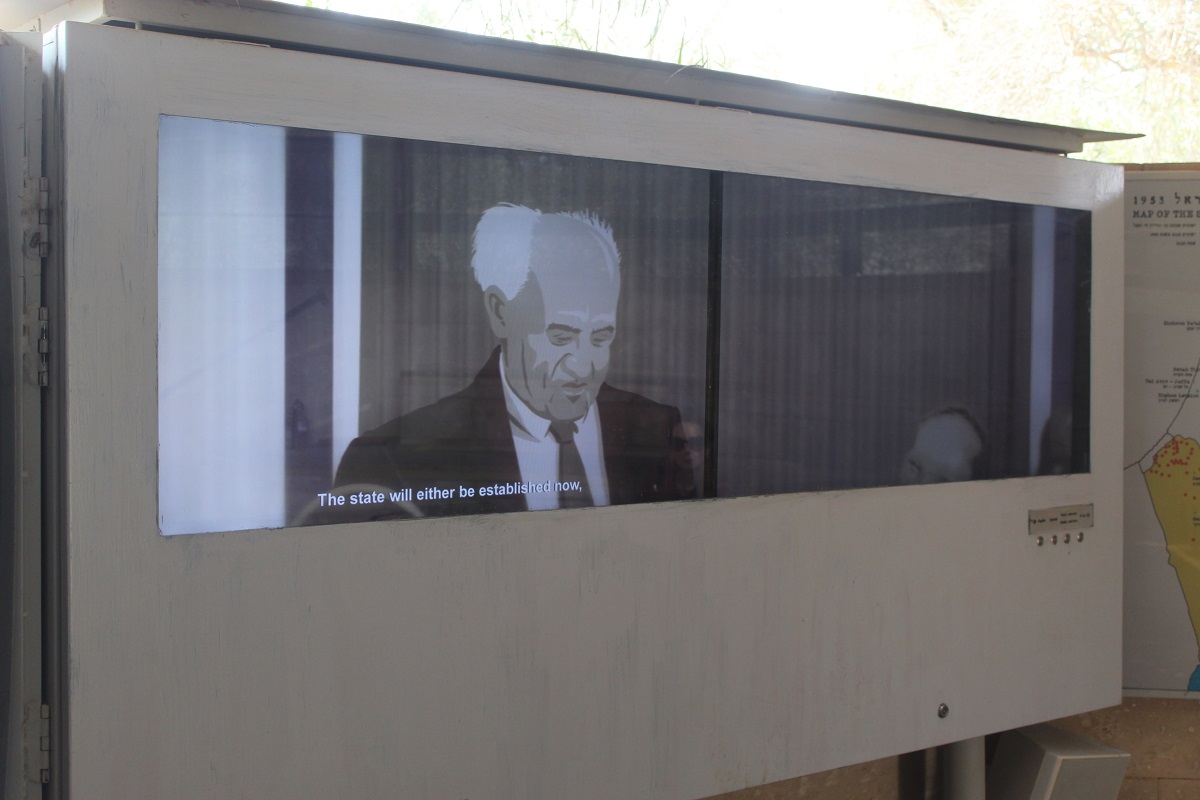
The second is a 15 minute movie made for the benefit of Israeli students and soldiers and the theme is leadership.
It examines five crises that confronted B-G and invites the audience to discuss and analyse them, and evaluate the decisions that B-G finally took, how and why. I didn’t think this would be my cup of tea but I watched it and found it fascinating
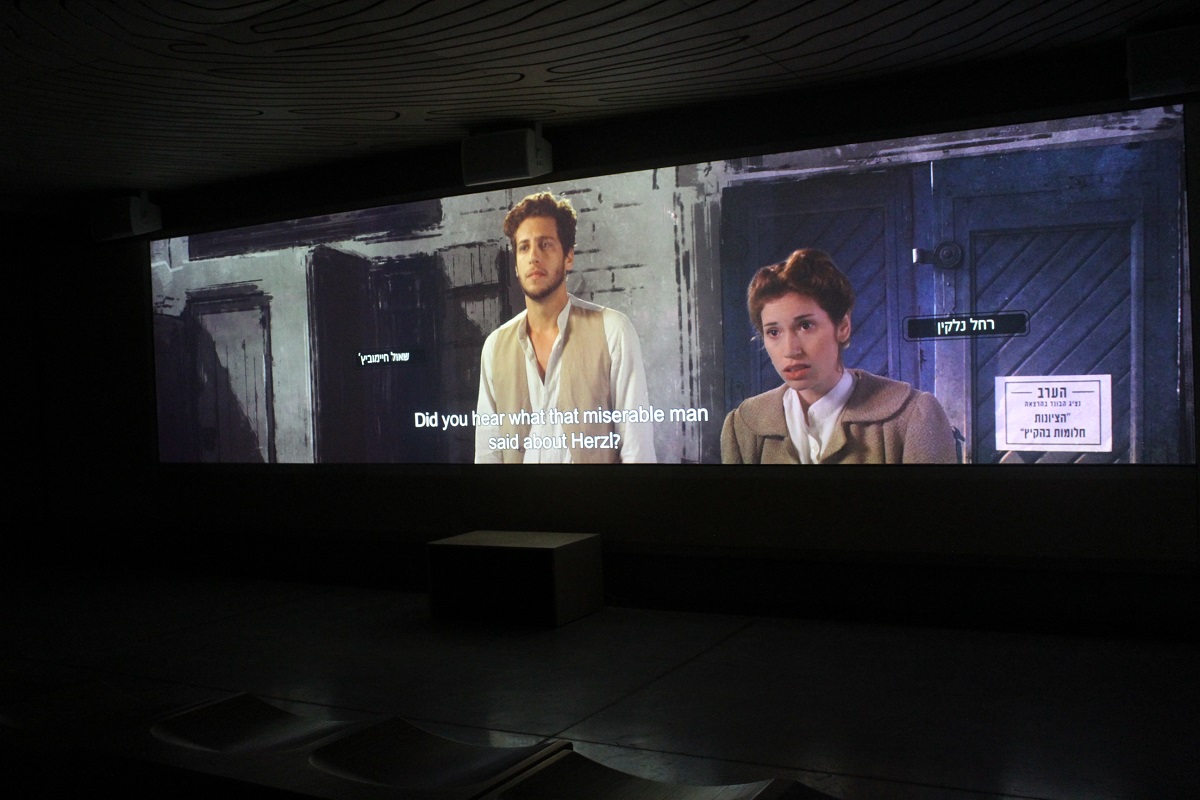
I suggest that you take in these two shorts before you do anything else as this will put the other stuff into context. The animated short is screened in a small tent-like structure which you will come to before you get to the formal entrance.
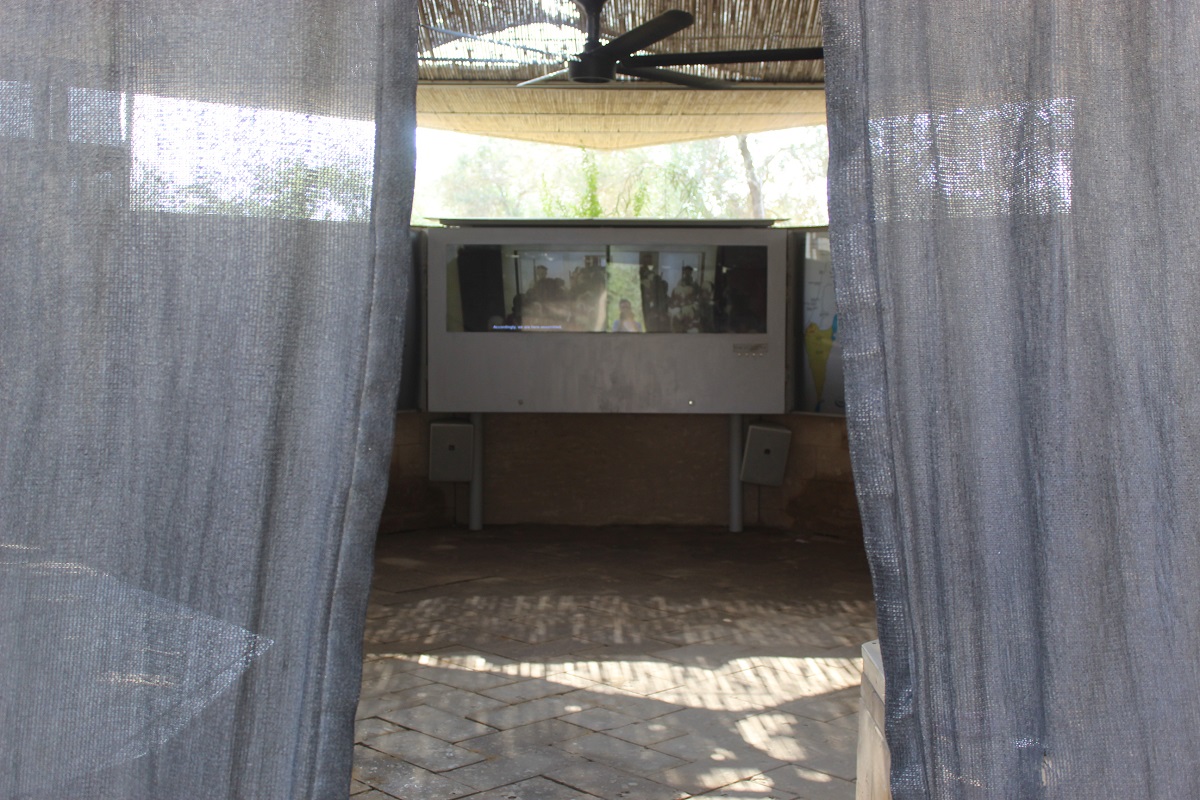
If the screening is in progress when you get there, don’t worry, there is a second screen immediatly behind it.
After paying a modest entrance fee you come to a group of wooden bungalows painted green on your left and right which are the original houses of the commune. On your right are two huts which house an exhibition which is best left to the end of your visit.
David and Paula Ben Gurion’s desert home
The front door of B-G’s house is just behind the ‘leadership hut’. As I said, everything is original, from the color of the walls to the trees in the garden.
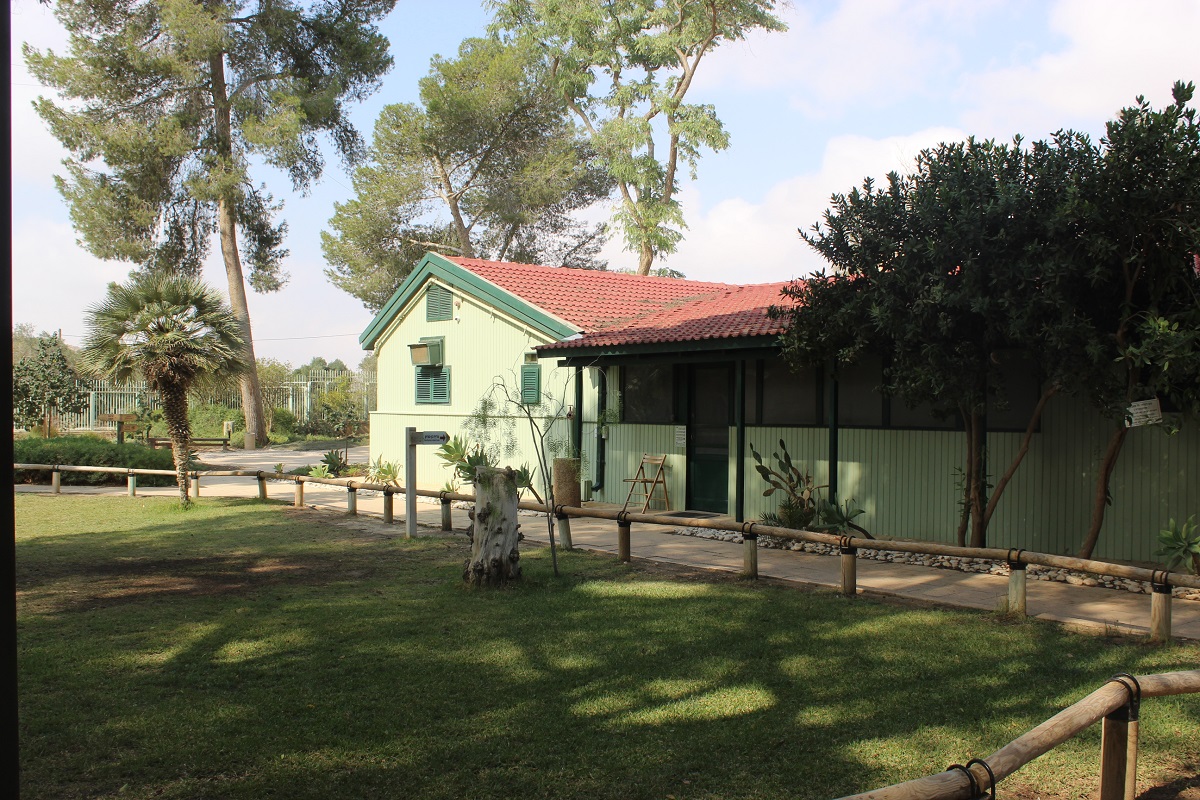
The house was almost luxurious by the standards of the kibbutz. Two bathrooms with a bathtub! By the standards of retired Prime Ministers it was modest in the extreme.
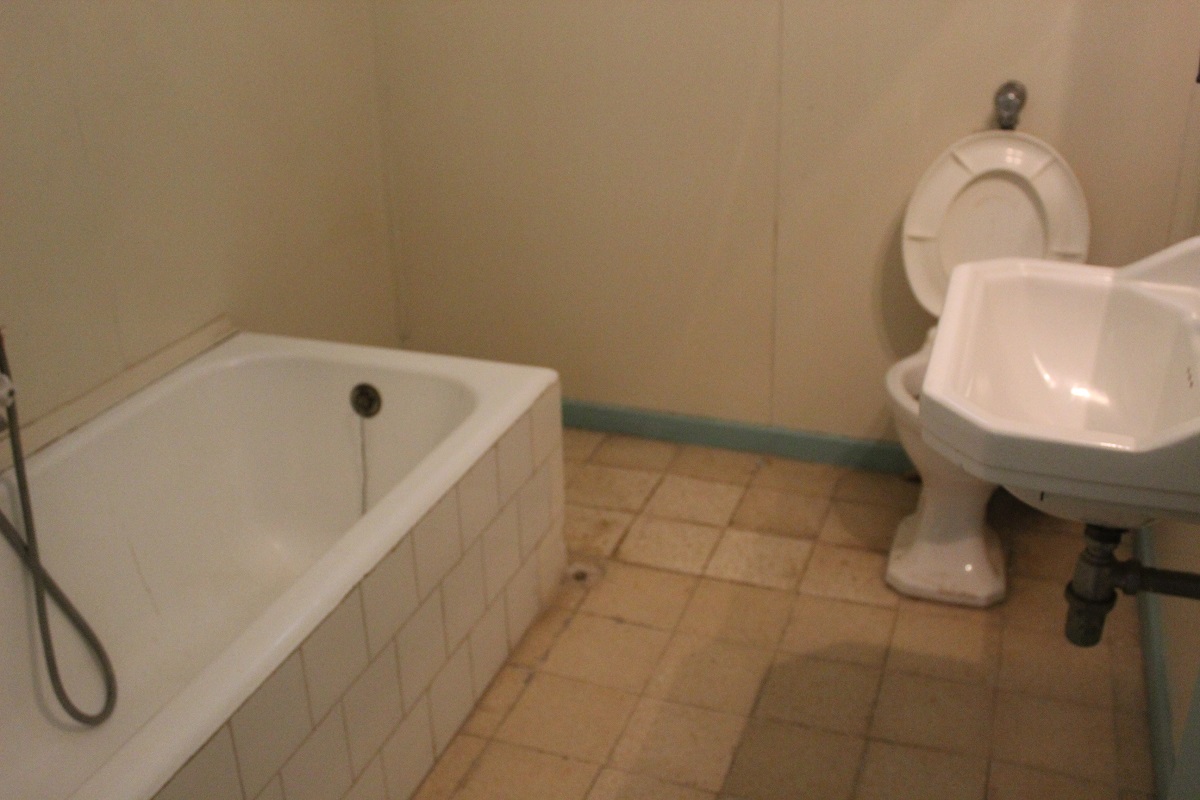
If any of my readers happen to have visited Israel in the 1970’s, you will recognise the decor of the simplest of apartments
Most fascinating are the objects B-G chose to have on his walls and on his desks. Many were selected from the hundreds of gifts he recieved as Prime Minister from foreign dignitaries and the people.
Opposite his bed a photo of Mahatma Gandhi. Conspicuous by its absence there is no photo of Theodore Herzl!
In the living room, on one wall Israel’s Declaration of Independence, on the wall opposite, America’s Declaration of Independence.
You will note a television; B-G was fiercely opposed to the idea of Television in Israel and resisted the creation of Israel Broadcasting Authority until 1967. He was worried it would undermine the uniqueness of the Israeli culture.
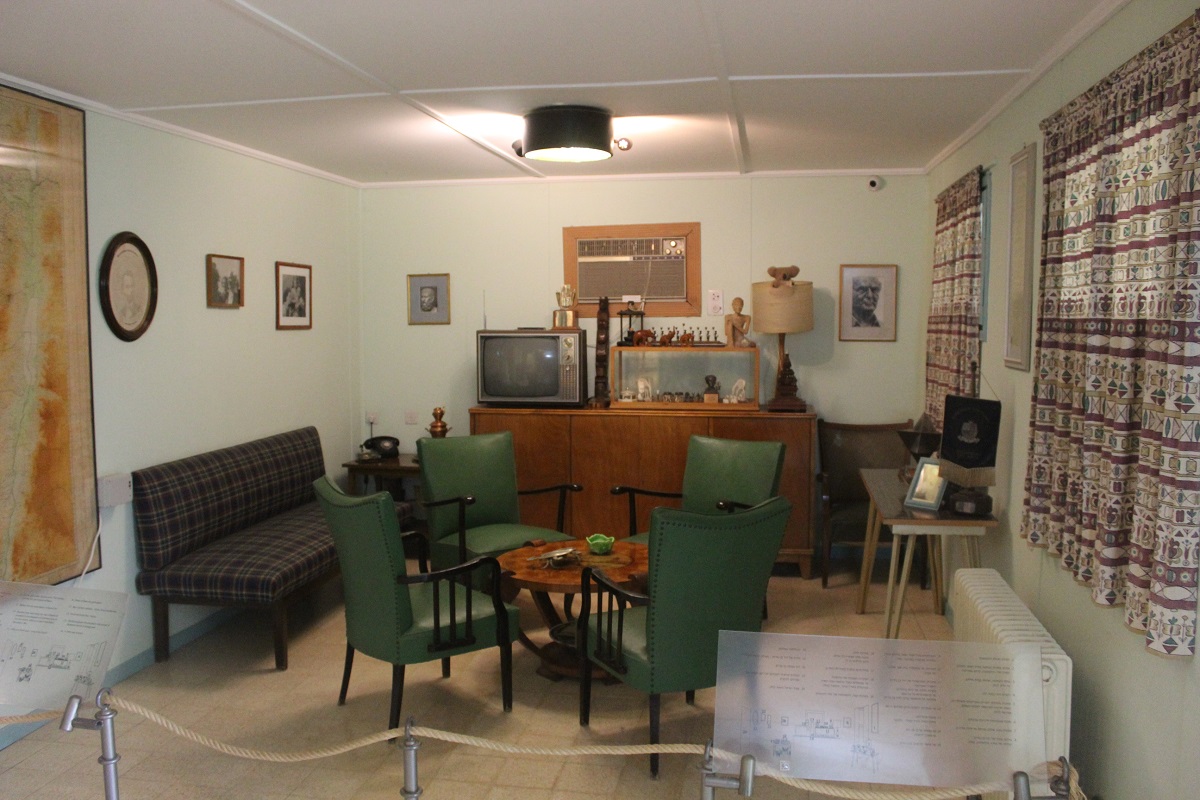
On his desk, under a sheet of glass, all the verses in the Bible referring to the Negev, a constant reminder.
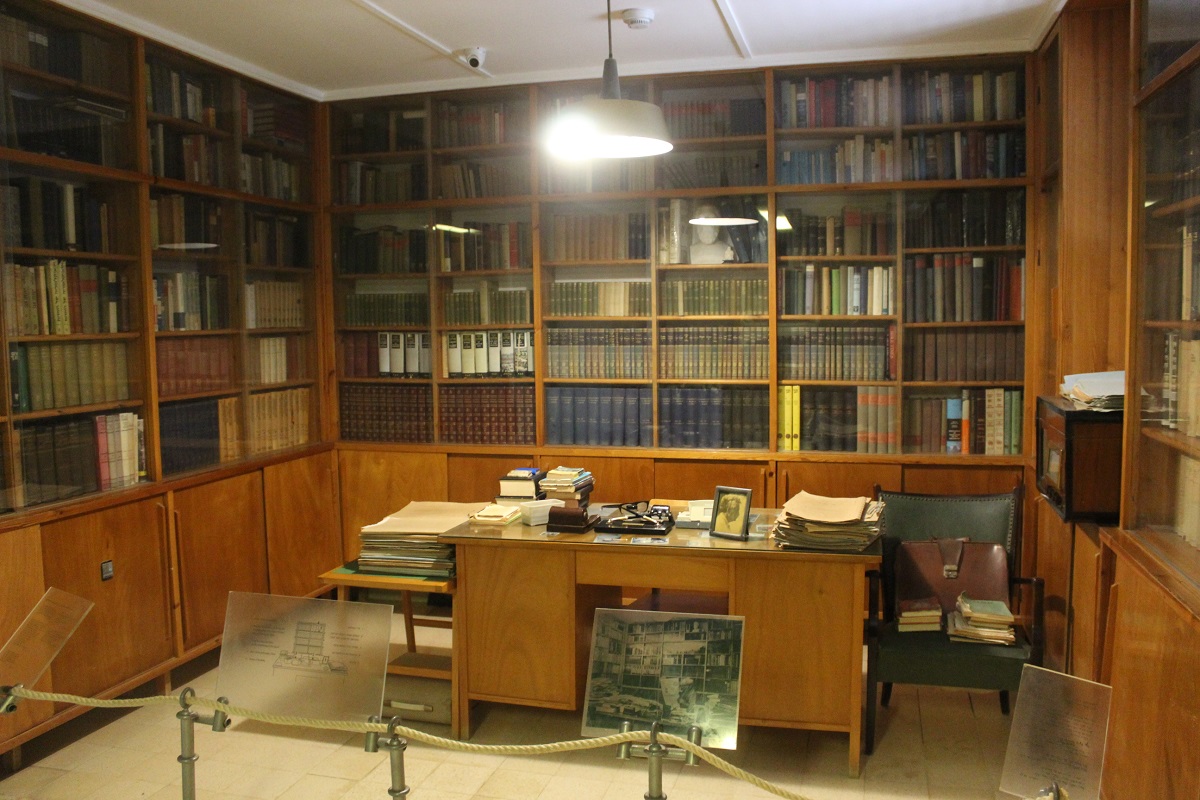
His eclectic libraries
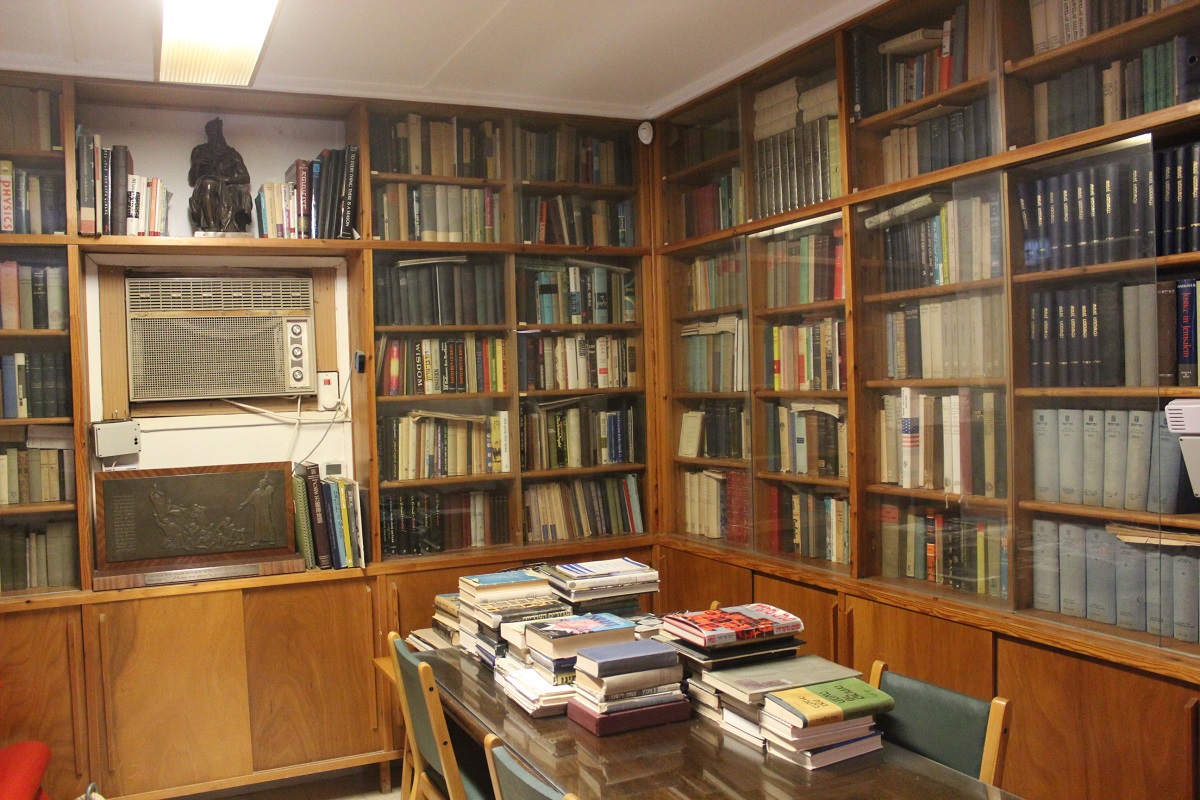
In Paula’s bedroom, on the walls above her bed, the only family photos in the house
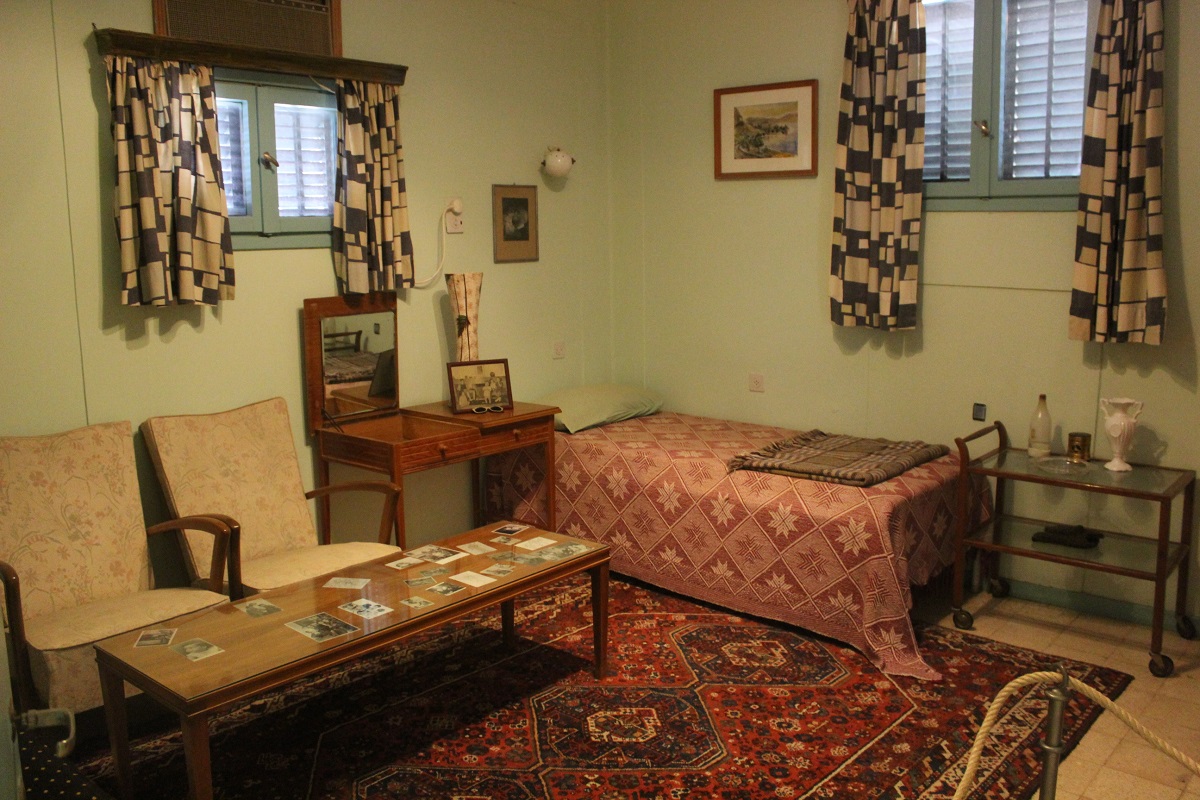
In B-G’s room the wardrobe is open showing the uniform he loved to wear bereft of insignia of rank
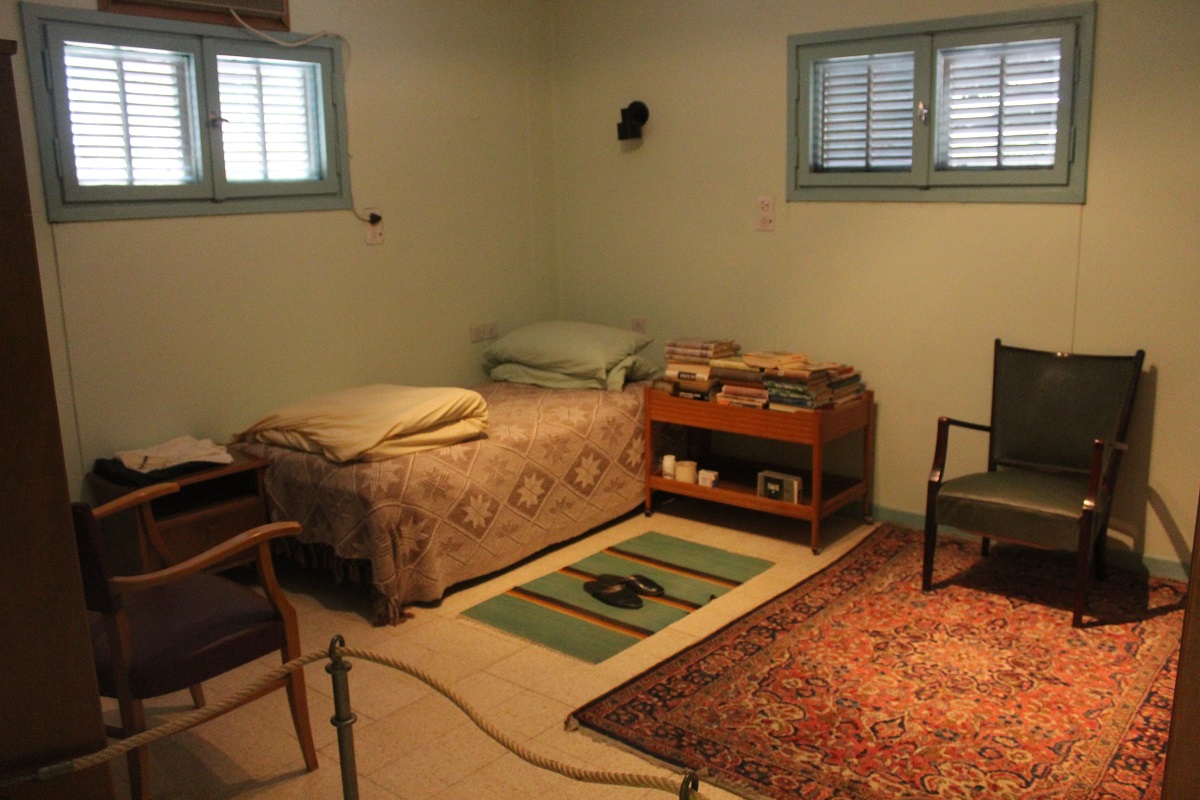
In the kitchen (another luxury other members of the kibbutz didin’t enjoy),
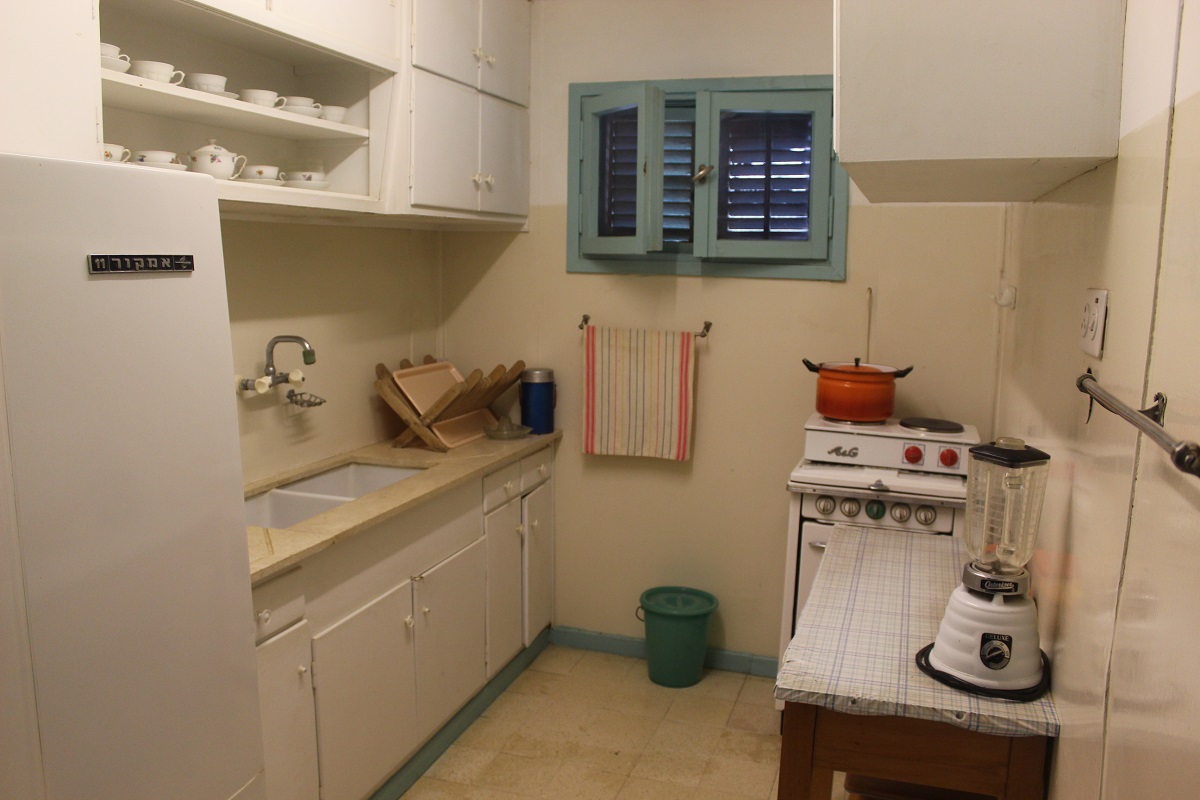
Paula’s recipe for Kutch-Mutch, the breakfast that Paula (a nurse) prescribed and prepared for David every morning which he loathed but continued eating long after Paula was no longer there to prepare it for him.
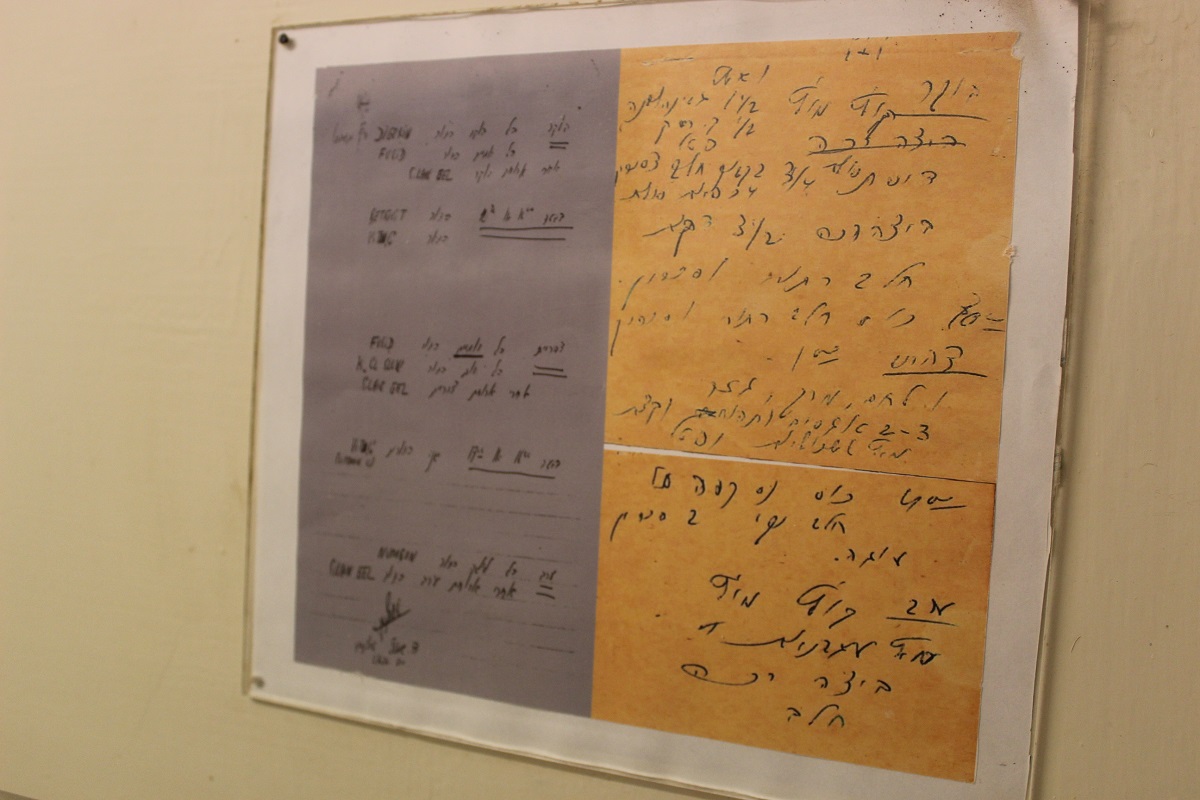
If you arrive with small children there are activity sheets in English at the entrance of the house.
The Three Current Exhibits:
B-G and the People
In front of the entrance to this exhibit is B-G standing on his head which he did every day in his old age under the tutelage of Moshe Feldenkrais.
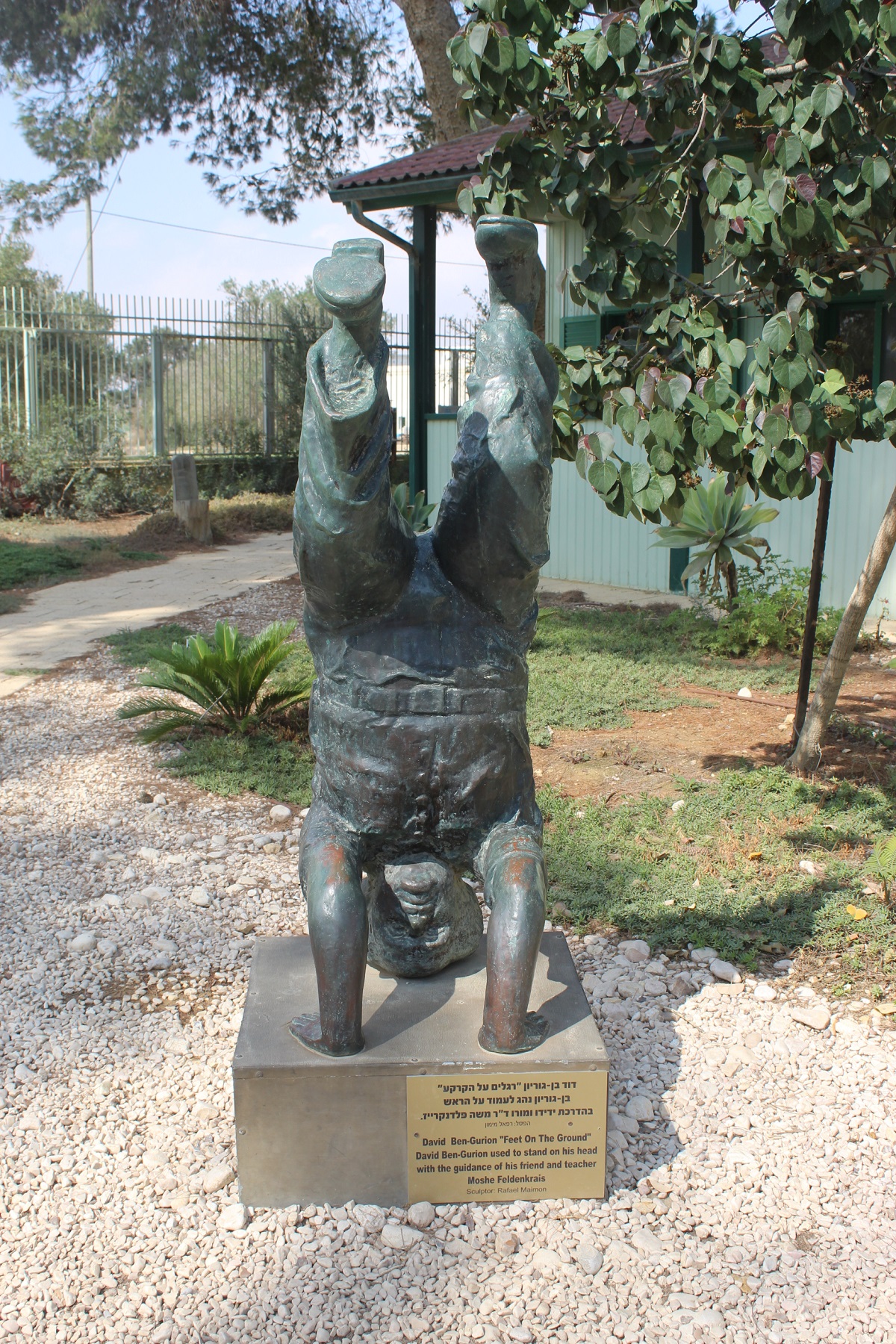
This exhibit is brand new; the curators sent out an appeal to all Israelis for some personal recollection or encounter with the ‘Old Man’. A dozen were selected and they are most touching
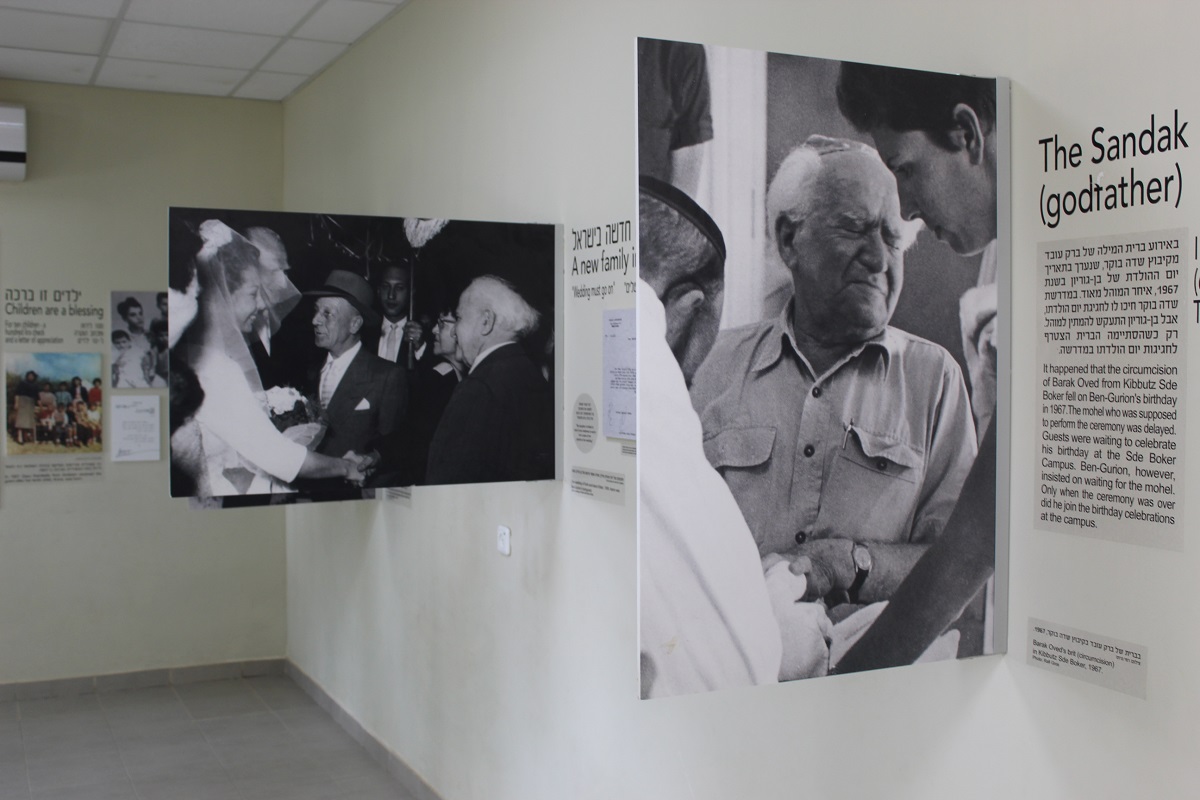
The two other exhibits are located just inside the entrance to the site.
2. Interactive exhibition for children
It is in a hut right in front of the house entrance gate.
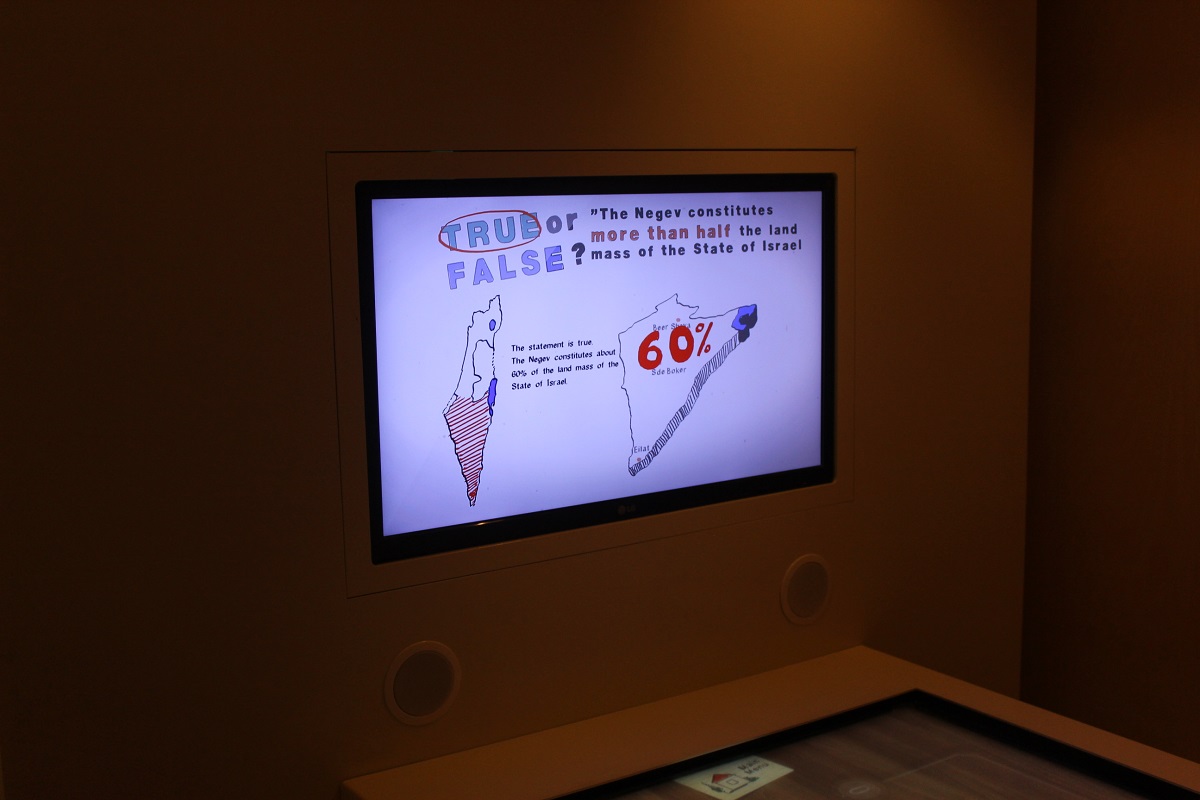
It is well liked by children who can spend a lot of time playing with the tactile screen, answering questions and receiving ,ore information. Everything is translated in English. There is not much for the adult in this room but don’t skip it. Just take a look at some letters children sent to him and his answers. You will find them on the bottom wall.
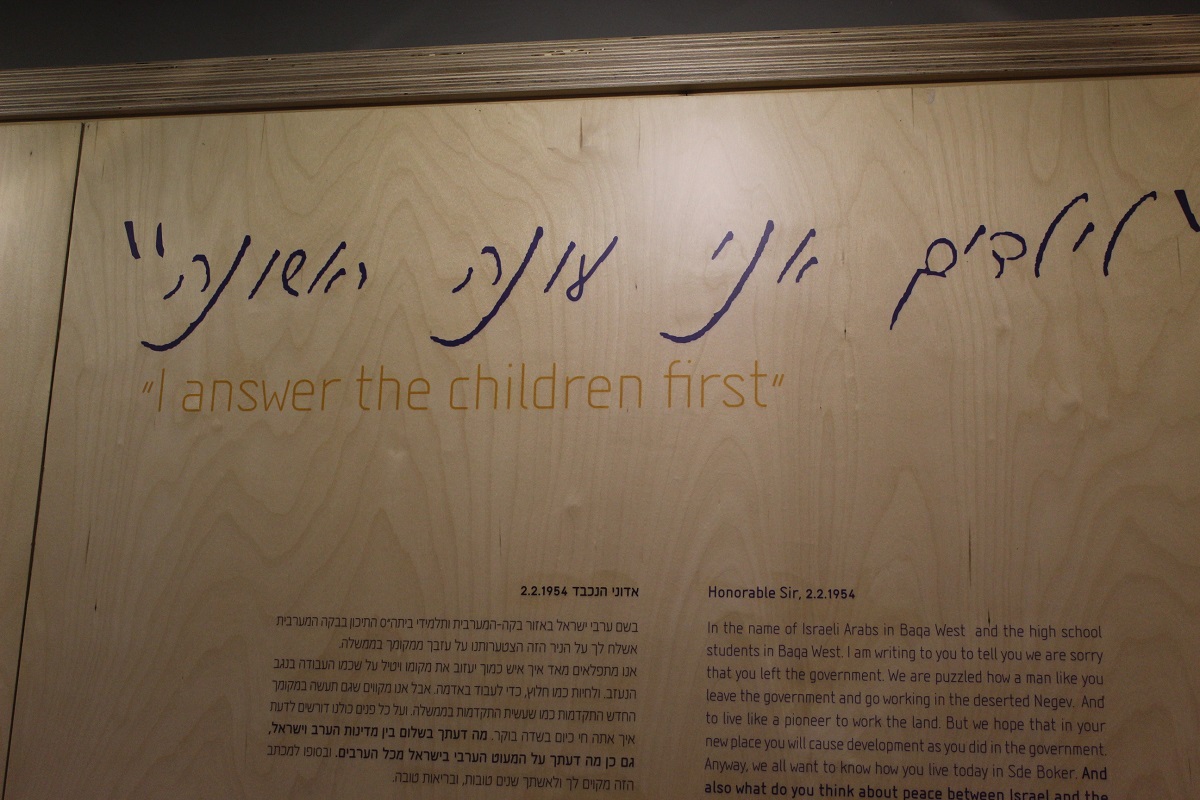
- Sde Boker Kibbutz and the Negev
The last room is dedicated to the history of Kibbutz Sde Boker and the development of the Negev. The presentation of the kibbutz is told in an engaging manner.
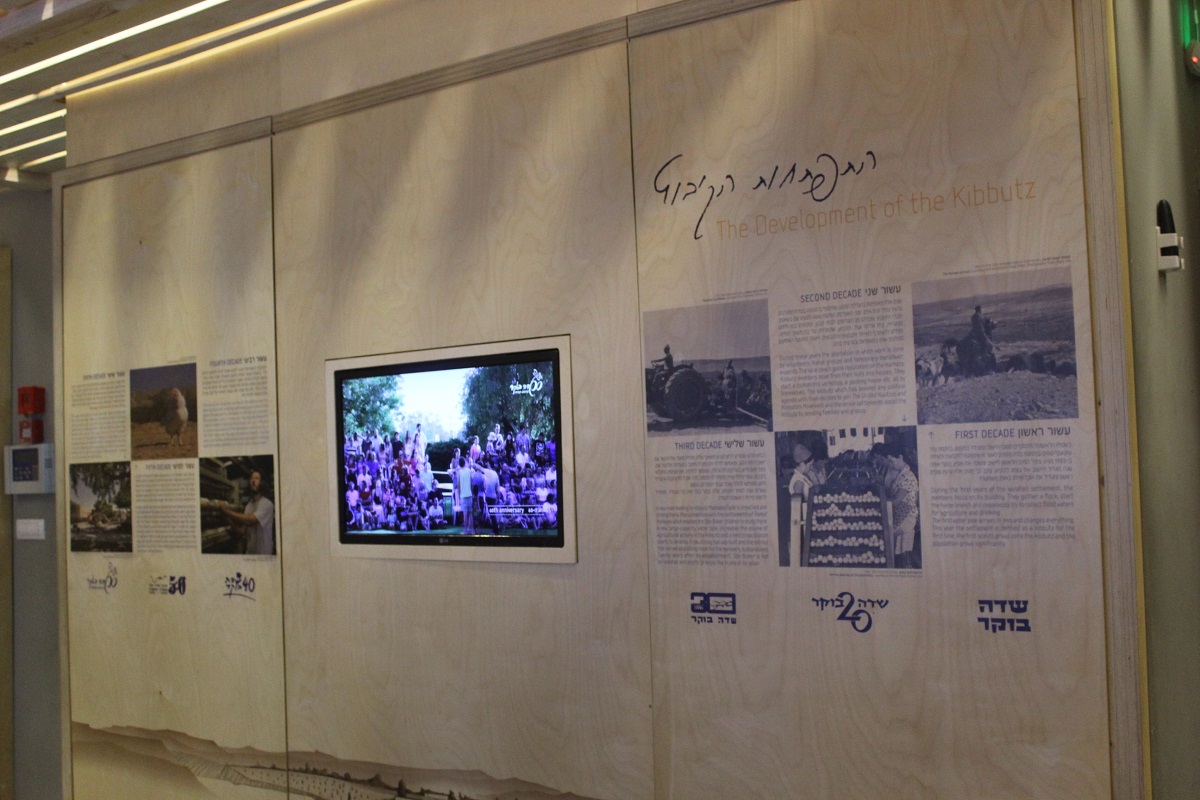
The part about the development of the Negev is my only regret. It is modern and esthetic and it proudly presents some realisations in the area. But it has completely skipped what used to be the main theme of the old exhibit: that we are still very far from B-G’s vision for the Negev and still have a long way to go…
How to get there
Kibbutz Sde Boker is 5 km North of our guesthouse.
Take the road 40 in direction of Beer Sheva. The entrance to the museum is at the level of the gas station. From the parking,
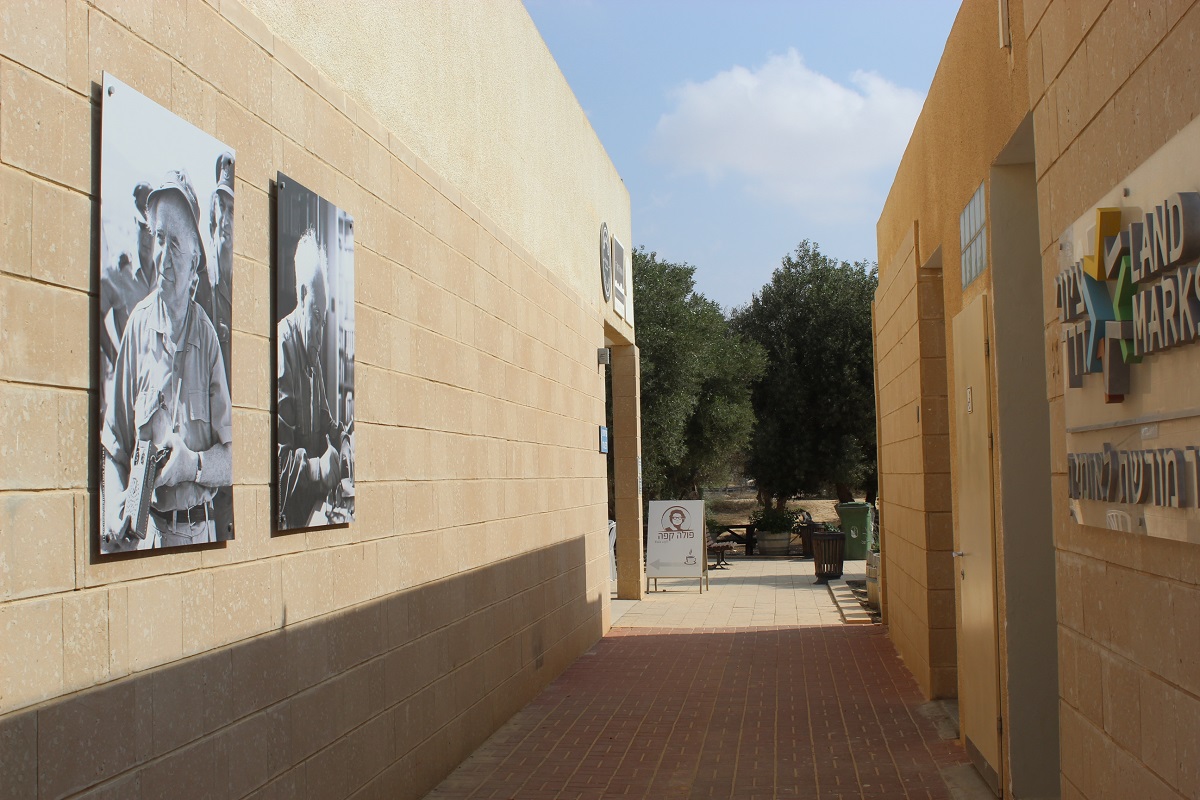
you will have to walk across a small park full of olive trees, pictures and quotes from Ben Gurion.
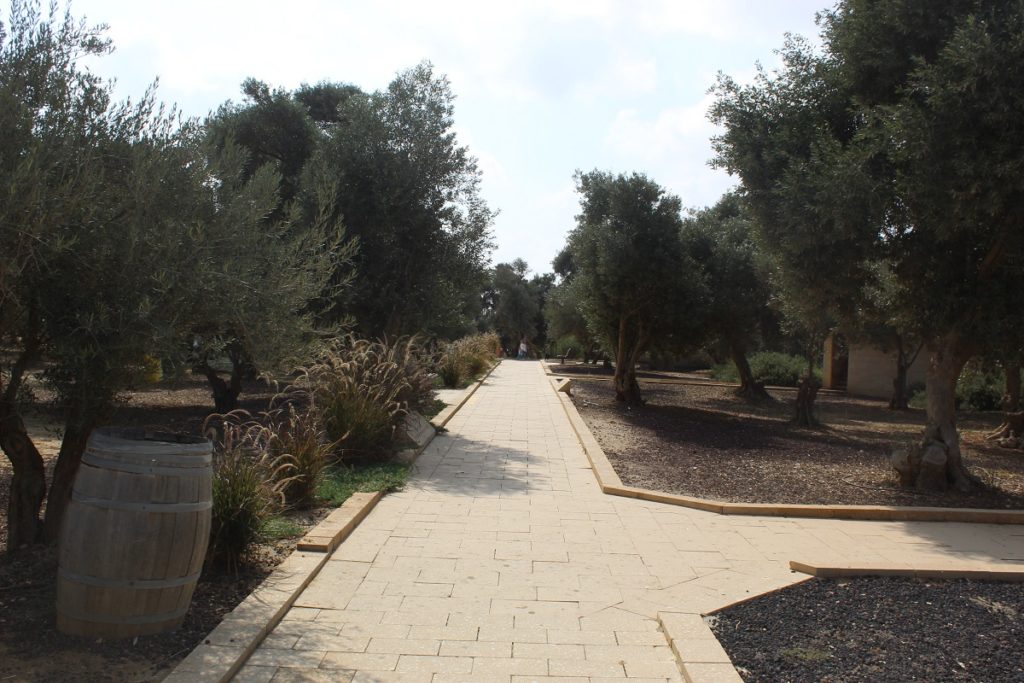
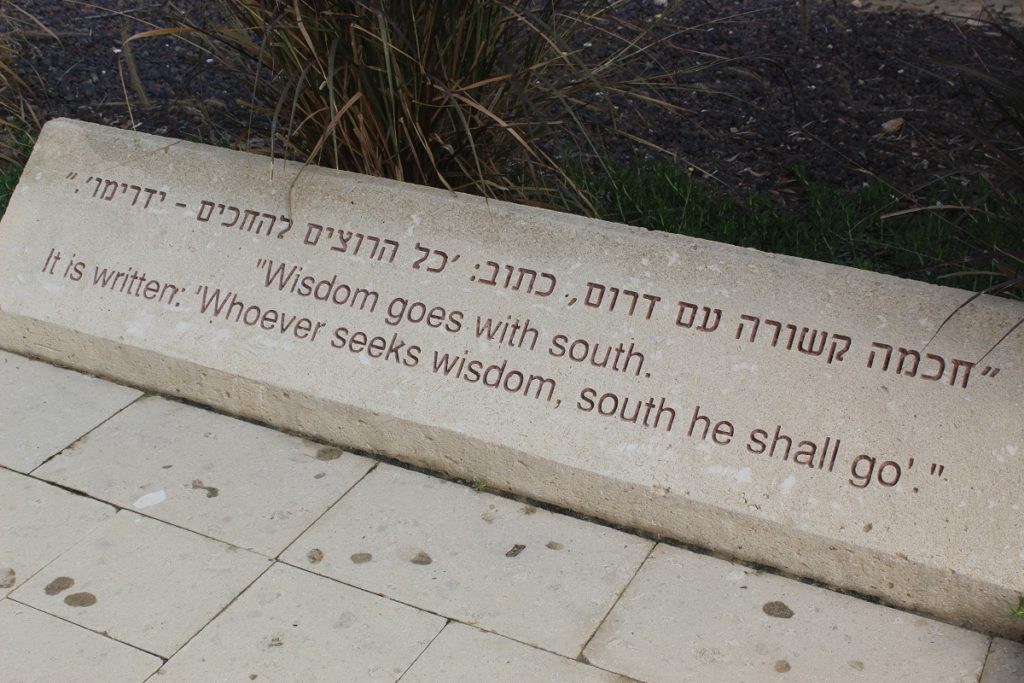
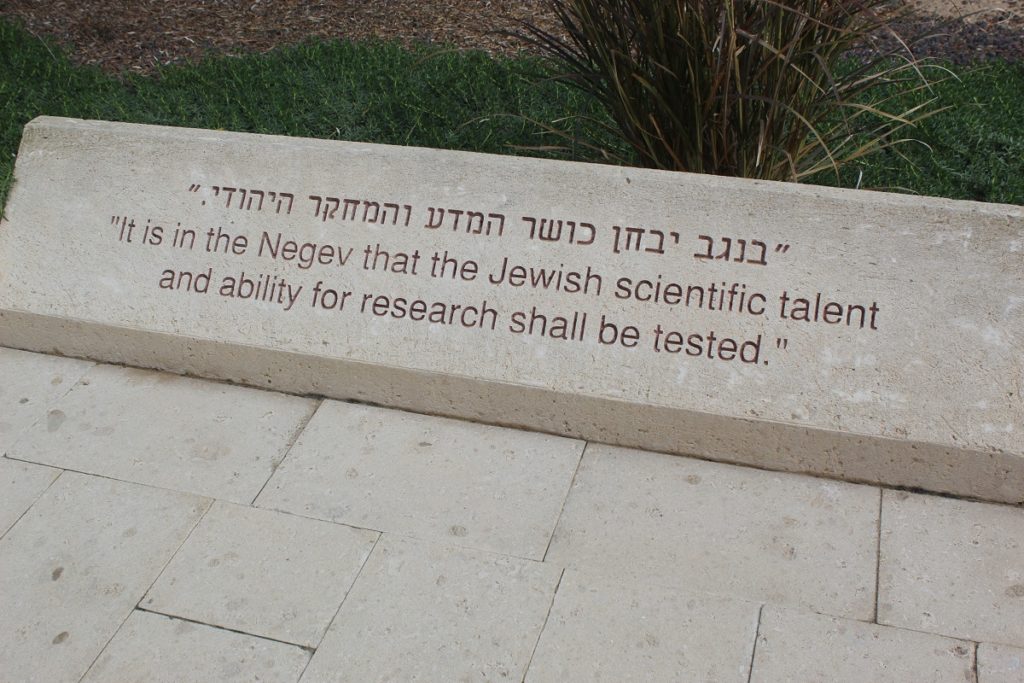
Previous
Next
Entrance fee : 20 shekels per adult.
Open everyday. Sunday-Thursday from 8.30 to 16.00
Friday and Jewish Holiday’s Eve : 8.30-14.00
Saturday and Jewish Holidays : 10.00-16.00 (except on Yom Kippur and Yom Kippur’s Eve).
You will need at least one hour to visit the house. You can easily spend more time there.
At the entrance to the park, you will find ‘Paula Cafe’,
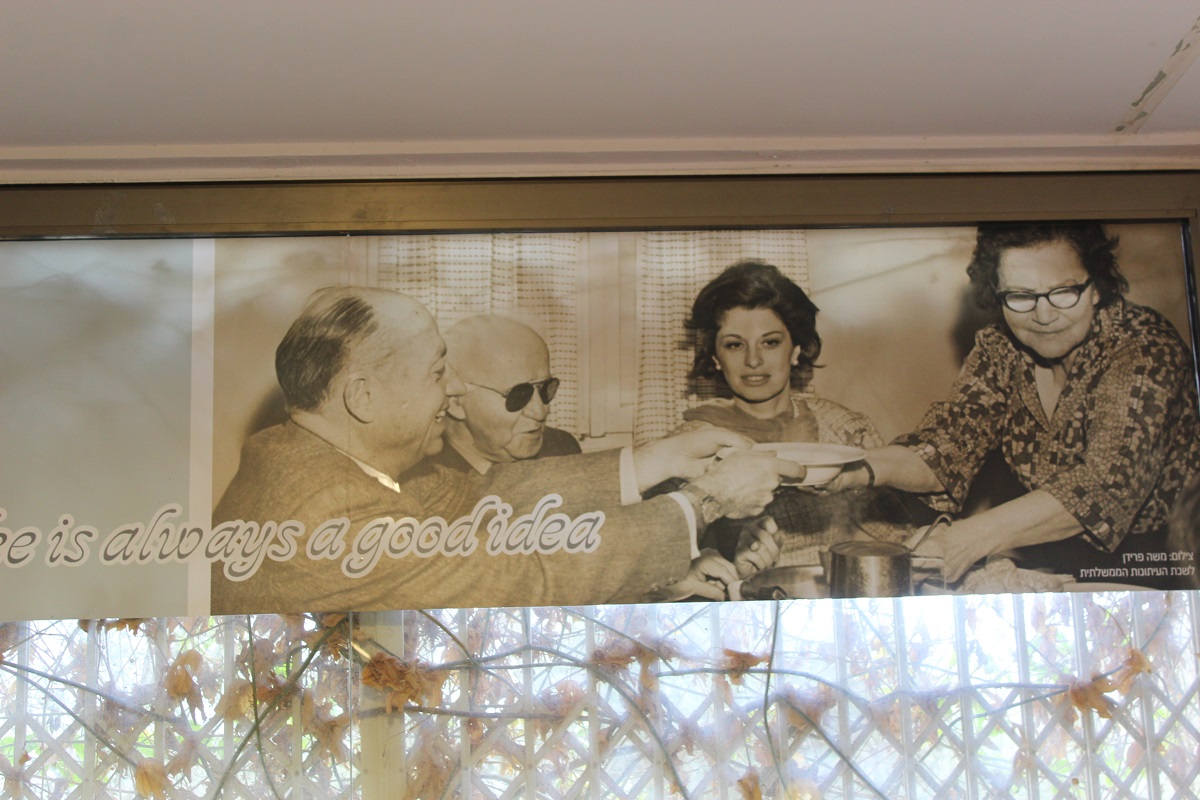
drinks, light restauration, you will also be able to buy there Sde Boker wine (produced by the kibbutz) and Farhan products (organic soaps and cosmetics made in Mitzpe Ramon).
This post is also available in:
 Français
Français
Author: Marion Krivine
French owner of Krivine Guesthouse in Midreshet Ben Gurion, together with my British husband John. A little piece of european greenery in the heart of the Negev Highlands, Israel. I have set out on this journey in order to provide our guests with the most accurate, up-to-date and comprehensive guide of the area. View all posts by Marion Krivine

